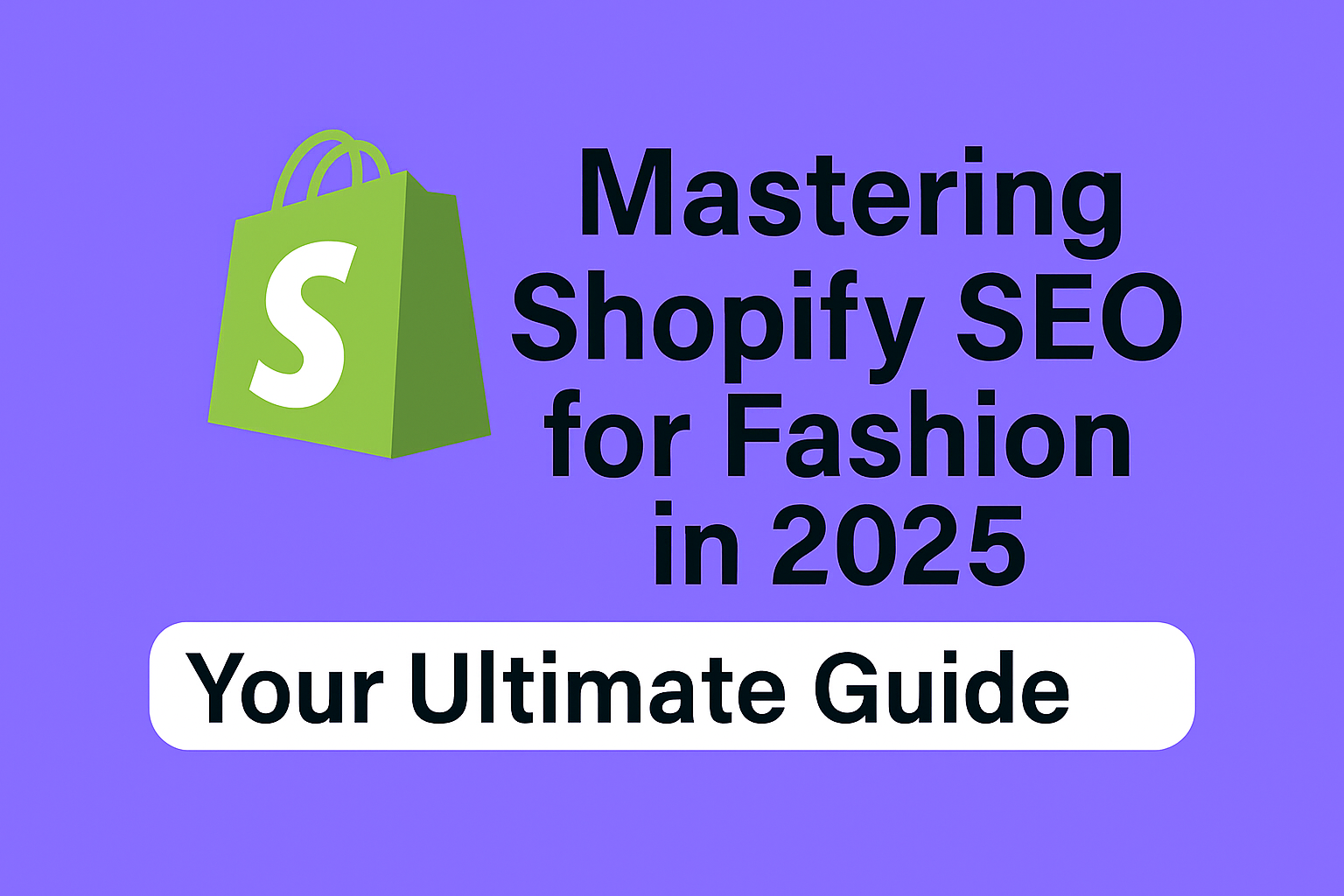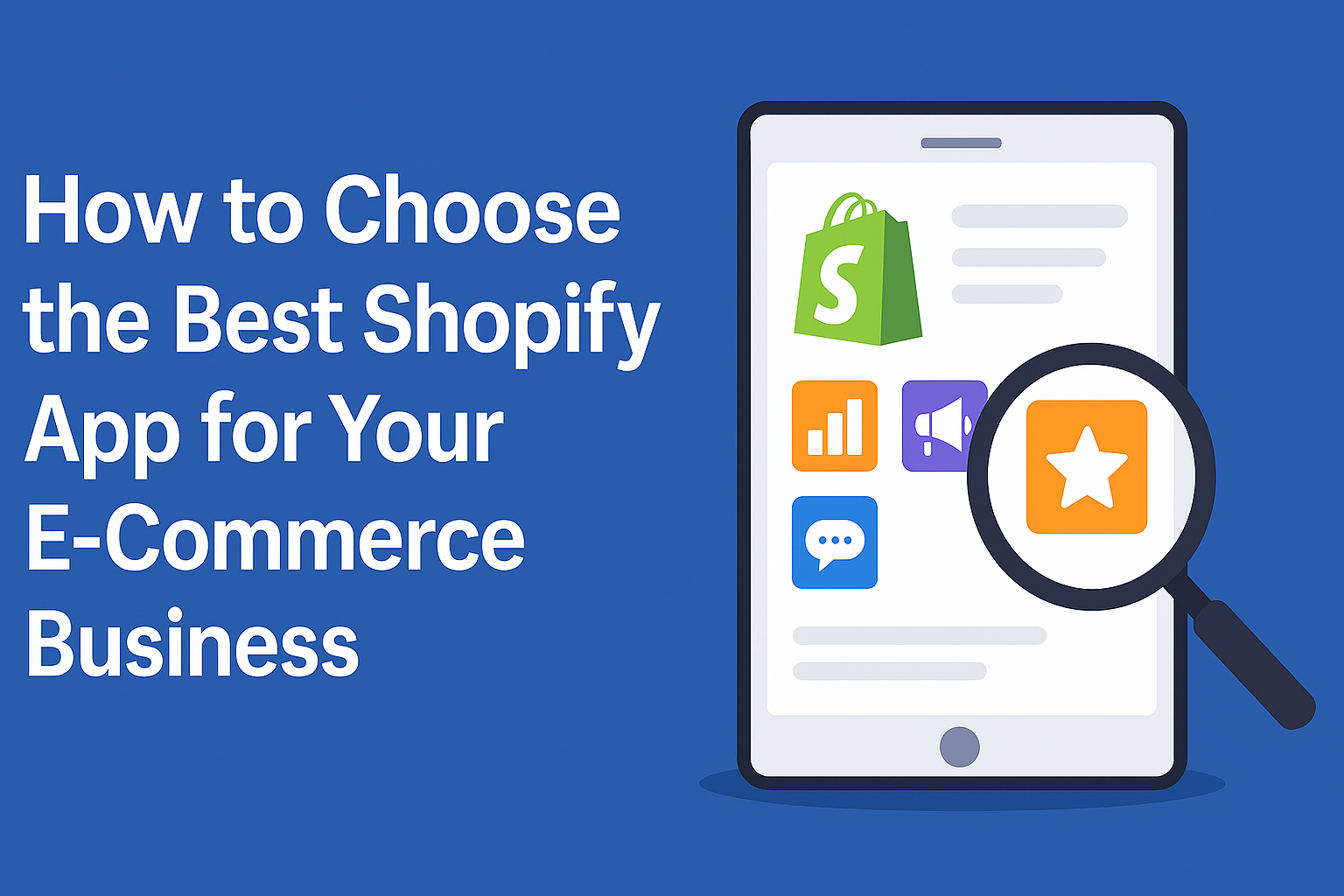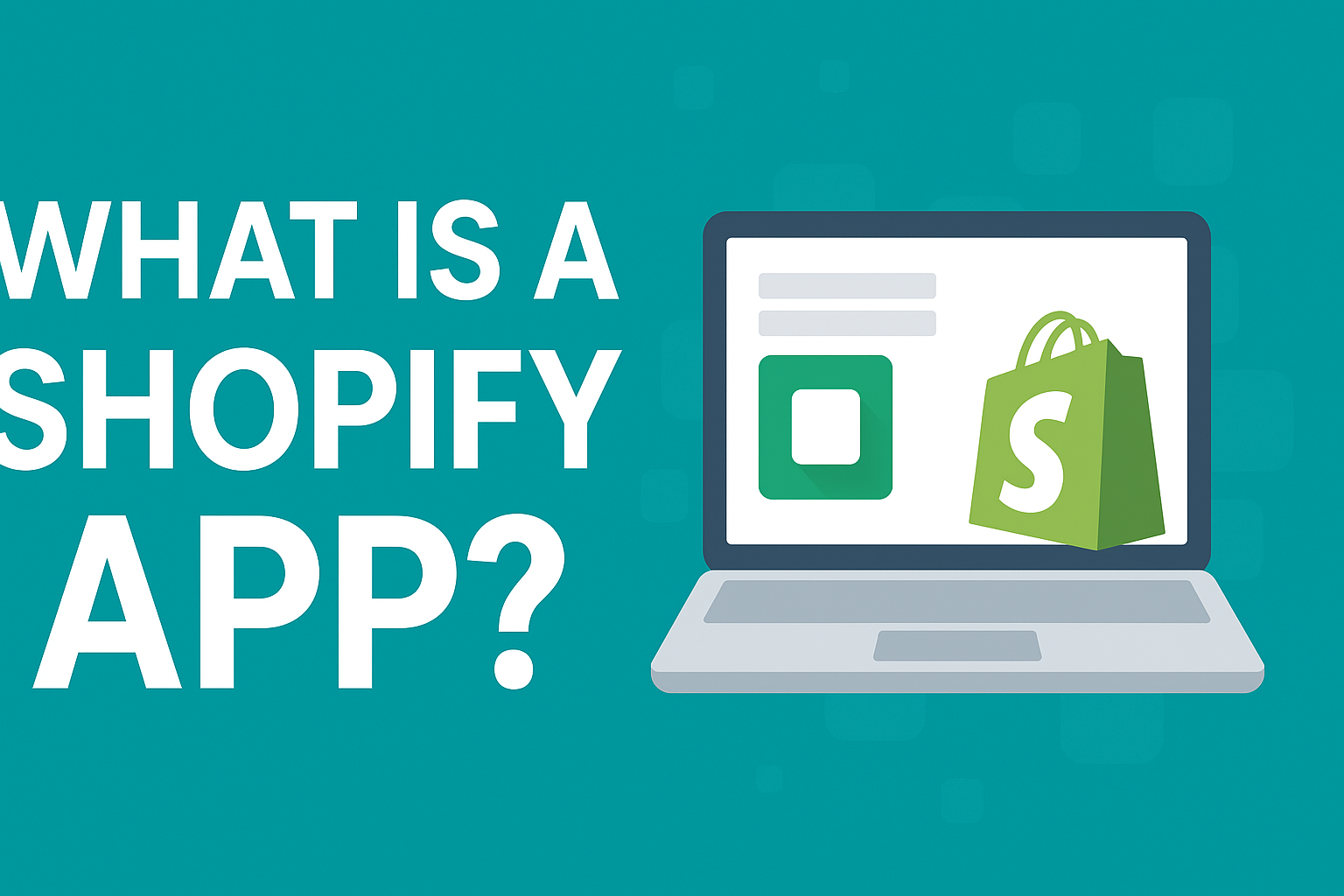
Mastering Shopify SEO for Fashion in 2025: Your Ultimate Guide
Mastering Shopify SEO for Fashion in 2025: Your Ultimate Guide
The world of fashion e-commerce is a dazzling, fast-paced arena. Trends shift like the seasons, visual appeal is paramount, and the competition is fierce. You might have the most stunning collection, but if your customers can't find you on Google, you're essentially an invisible boutique. This is where mastering Shopify SEO becomes your most critical skill.
But SEO in 2025 isn't about keyword stuffing or old-school tricks. It's about creating a seamless, valuable, and technically sound experience that both your customers and search engines will love. As someone who has navigated the digital aisles of fashion e-commerce for years, I've seen what works and what doesn't. This guide is your no-fluff playbook to climbing the search rankings and turning browsers into loyal customers.
Let's dive in.
1. On-Page SEO: The Fabric of Your Store's Visibility
On-page SEO refers to all the optimizations you perform directly on your site, from your product pages to your collections. Get this right, and you've built a powerful foundation.
Mastering Keyword Research for Fashion
Forget generic keywords like "women's pants." Your customer is searching with much more detail. Your goal is to find "long-tail keywords"—specific, multi-word phrases that signal high purchase intent.
- Think Like Your Customer: How would they describe the item they're looking for? Instead of "black dress", they might search for "black long sleeve midi dress for wedding guest".
- Use Tools Wisely: Google Keyword Planner is a starting point. But also explore tools like AnswerThePublic to find questions people are asking.
- Real-World Example: Let’s say you sell sustainable linen clothing.
- Broad Keyword: linen pants (High competition)
- Long-Tail Keyword: high-waisted wide-leg linen trousers womens (Specific, lower competition)
- Intent-Driven Keyword: what to wear with white linen pants (Perfect for a blog post)
Crafting Product Titles That Convert and Rank
Your product title is often the first thing a user sees in search results. It needs to be clear, descriptive, and enticing.
The Formula: Brand (Optional) + Product Name + Key Attribute (Style, Color, Material)
- Generic Title: Cute Dress
- SEO-Optimized Title: Everly - "The Florence" Floral Print Mini Dress - Ruffled Cotton
This title tells Google exactly what the product is, and it gives the customer all the key information they need to click.
Writing Product Descriptions That Sell and Tell a Story
This is your chance to shine. A great product description not only incorporates your keywords naturally but also evokes emotion and helps the customer imagine themselves wearing your clothes.
- Avoid: "Nice blue dress. 100% cotton. Available in S, M, L."
- Instead, Weave a Narrative:
"Float through your sun-drenched days in our 'Azure' sky-blue maxi dress. Crafted from the softest, most breathable organic cotton, this piece is a summer dream. The elegant A-line silhouette drapes beautifully, while the delicate spaghetti straps and tiered skirt add a touch of playful romance. It's the perfect bohemian-style dress for a beach wedding or a garden party brunch. Fully lined for comfort and finished with a discreet side-zip."
Notice how keywords like "sky-blue maxi dress", "A-line silhouette", and "bohemian-style dress" are woven in naturally.
Optimizing Your Collection Pages
Your collection pages (e.g., "Dresses," "Summer Collection," "Workwear Essentials") are powerful SEO hubs. Don't just leave them as a grid of products. Add a 2-3 paragraph introduction at the top.
Example for a "Wedding Guest Outfits" Collection:
"Finding the perfect wedding guest outfit is an art, and our curated collection is your palette. From elegant floral midi dresses perfect for a countryside ceremony to sophisticated jumpsuits that make a modern statement at a city reception, we have a style for every dress code. Discover luxurious fabrics, timeless silhouettes, and the unforgettable details that will make you feel confident and chic as you celebrate the happy couple."
This text helps Google understand the context of the page, allowing it to rank for broader terms like "wedding guest outfit ideas".
2. The Visual Edge: Image and Video SEO
In fashion, visuals are everything. But unoptimized images can be the single biggest factor slowing down your site.
High-Quality Imagery Without Sacrificing Speed
Your product photos need to be crisp and clear, but massive image files will kill your page speed and your rankings.
- Action: Before uploading to Shopify, compress your images using a tool like TinyPNG or ImageOptim. Shopify also applies its own compression, but a pre-emptive step gives you more control.
The Power of Descriptive Alt Text
Alt text (alternative text) is the text that displays if an image fails to load. Crucially, it's what Google reads to understand what your image is about.
- Bad Alt Text: IMG_DC_0012.jpg
- Good Alt Text: alt="Model wearing a cream-colored chunky knit turtleneck sweater from [Your Brand]."
- Excellent Alt Text: alt="Woman from the back wearing a camel wool trench coat tied at the waist."
This is a simple, high-impact task. Be descriptive on every single image.
3. Technical SEO: The Unseen Engine
Technical SEO can feel intimidating, but on Shopify, the basics are well-handled. You just need to fine-tune a few key areas.
A Logical Site Structure
Your site navigation should be intuitive for both users and search engine crawlers. A logical structure looks like this:
Homepage -> Category/Collection Pages (e.g., Dresses, Tops) -> Product Pages
Use internal linking to connect these pages. For example, a blog post about "5 Must-Have Jackets for Fall 2025" should link directly to each of the five product pages mentioned.
Mobile-First Excellence is Non-Negotiable
The majority of your customers are likely Browse on their phones, often on Instagram or TikTok before clicking through to your store. Google knows this and prioritizes mobile-friendly sites.
- Action: Use a modern, responsive Shopify theme. Test your store using Google's Mobile-Friendly Test tool to see it through the eyes of a search engine. Navigate your own store on your phone—is the checkout process smooth? Can you read the text easily?
Crush Page Speed
A 2-second delay in page load time can increase bounce rates by over 100%.
- Action:
- Test your speed with Google PageSpeed Insights.
- Compress your images (as mentioned above).
- Remove unused Shopify apps. Many apps inject code into your theme that can slow it down, even after you've uninstalled them. Be ruthless.
- Use lazy loading, which only loads images as the user scrolls down the page. Most modern Shopify themes have this built-in.
4. Content Marketing: Your SEO Goldmine
You need to give Google a reason to visit your site beyond just new product drops. A blog is the single best way to do this. It allows you to target keywords your product pages can't and establish your brand as an authority in fashion.
Actionable Blog Post Ideas for Fashion Stores:
- Style Guides: "How to Style a White Blazer for 5 Different Occasions"
- Trend Reports: "The Top 5 Handbag Trends You'll See Everywhere in Fall 2025"
- Care Guides: "How to Care for Your Cashmere Sweaters (So They Last Forever)"
- Behind-the-Scenes: "The Making of Our Sustainable Denim Collection"
These topics answer your customers' questions, build trust, and attract valuable backlinks from other blogs and publications.
Key Takeaways for Your 2025 SEO Strategy
If you only remember a few things, make them these:
- Think Long-Tail: Target specific, descriptive keywords that mirror how real customers search for fashion.
- Tell a Story: Use your product titles and descriptions to go beyond specs. Sell the look, the feeling, and the occasion.
- Optimize Every Image: High-quality, compressed images with descriptive alt text are non-negotiable.
- Speed is King: Prioritize a fast, mobile-first experience. A slow store is an invisible store.
- Blog with Purpose: Use a blog to answer customer questions, build authority, and drive top-of-funnel traffic that you can convert later.
SEO is a marathon, not a sprint. The changes you implement today will build momentum over the coming months. By focusing on creating genuine value for your customers and making it easy for search engines to understand that value, you'll be well on your way to outshining the competition in 2025 and beyond.

Written by

